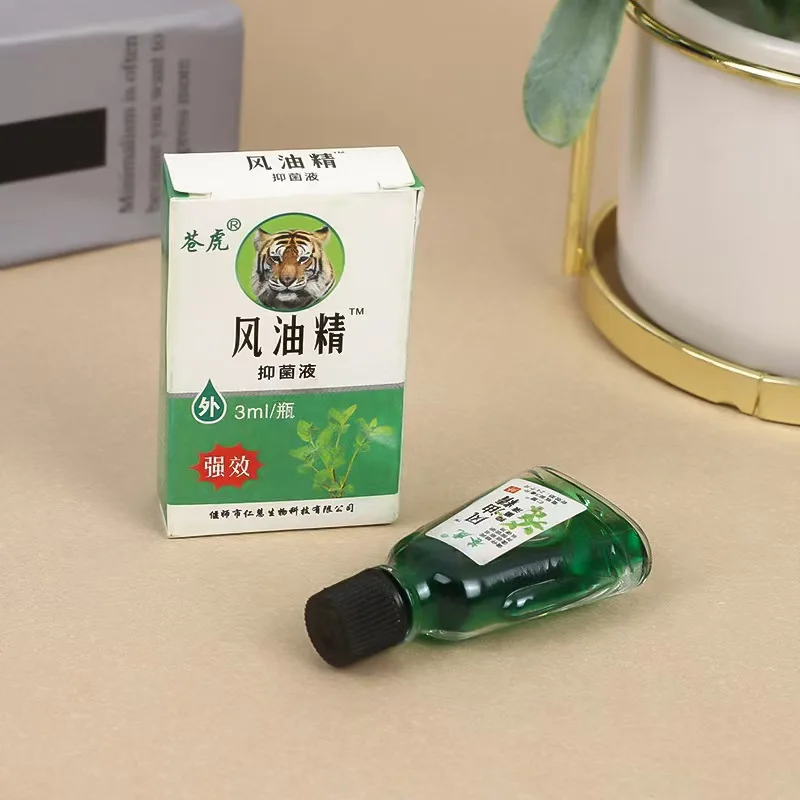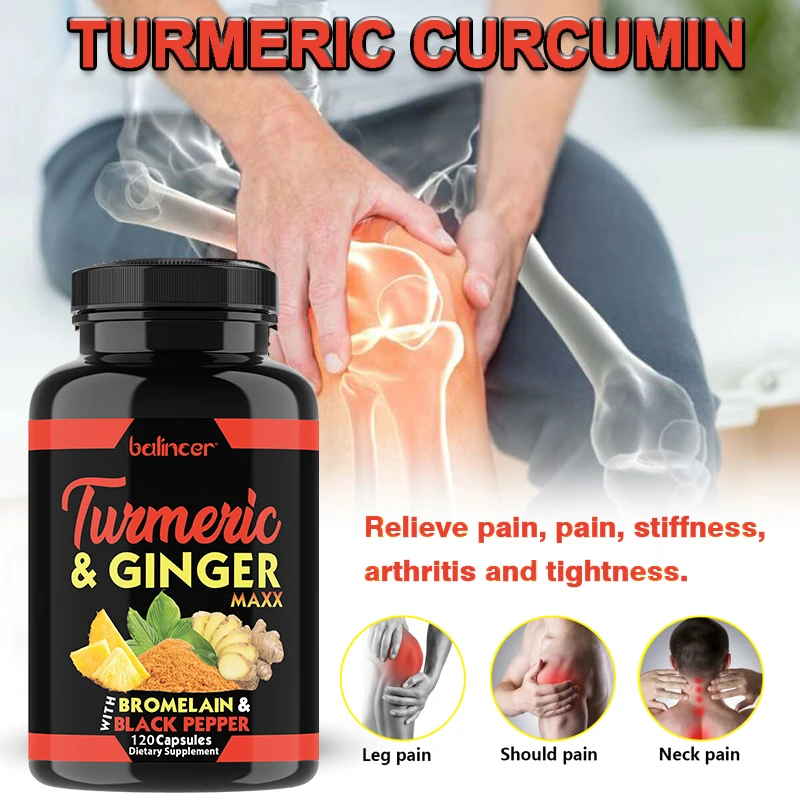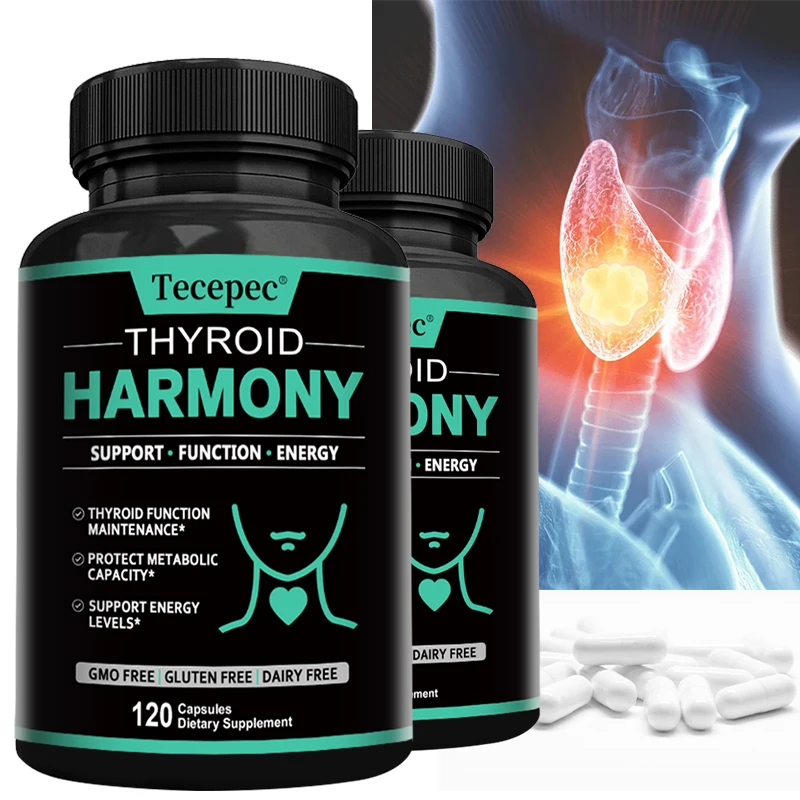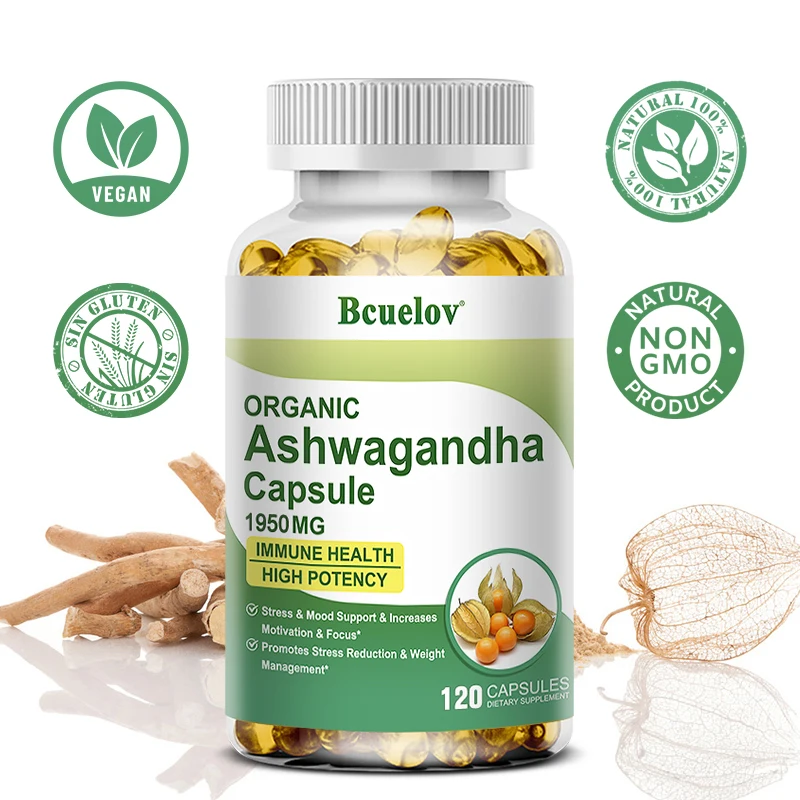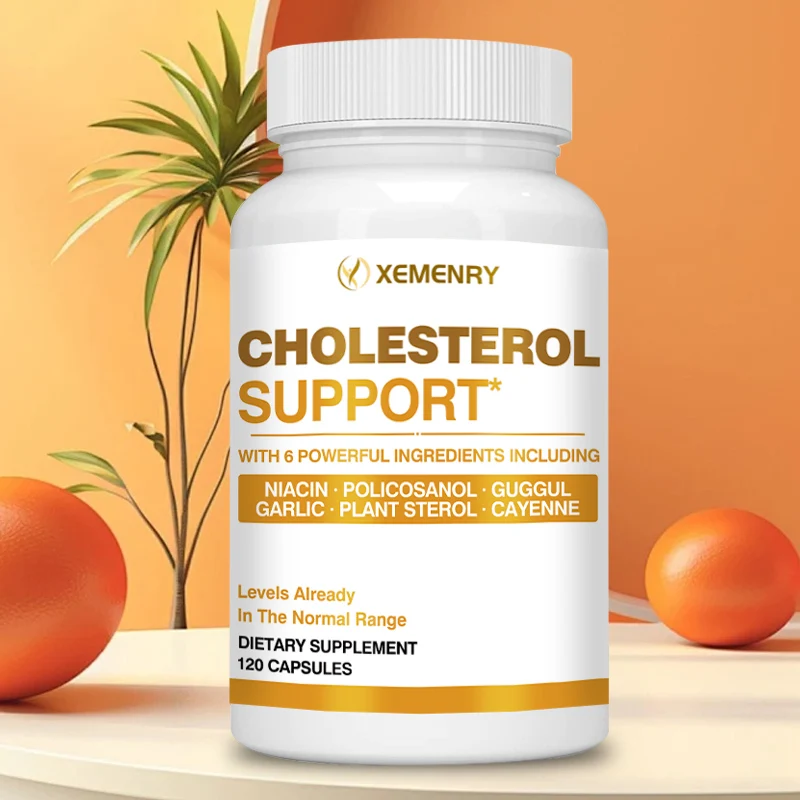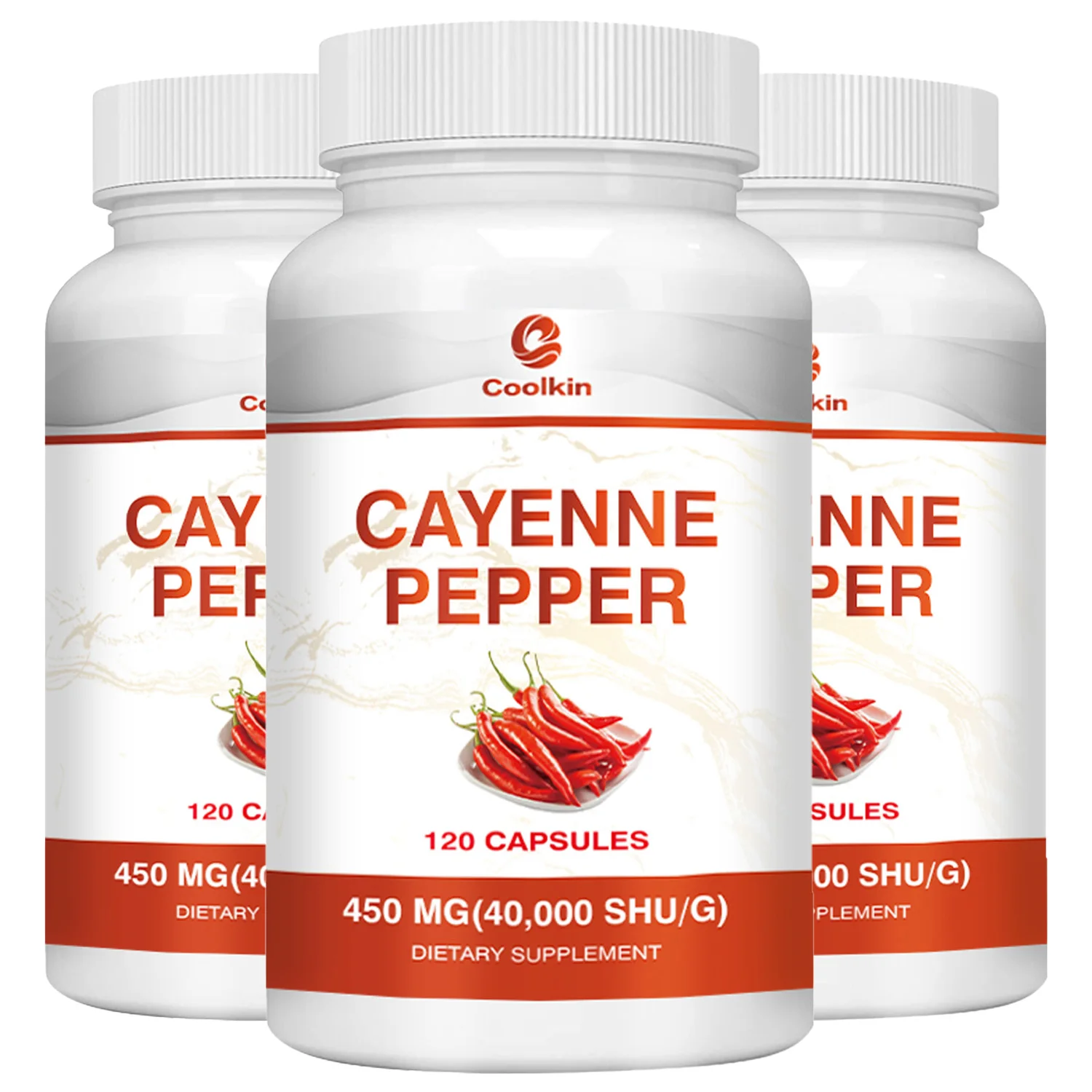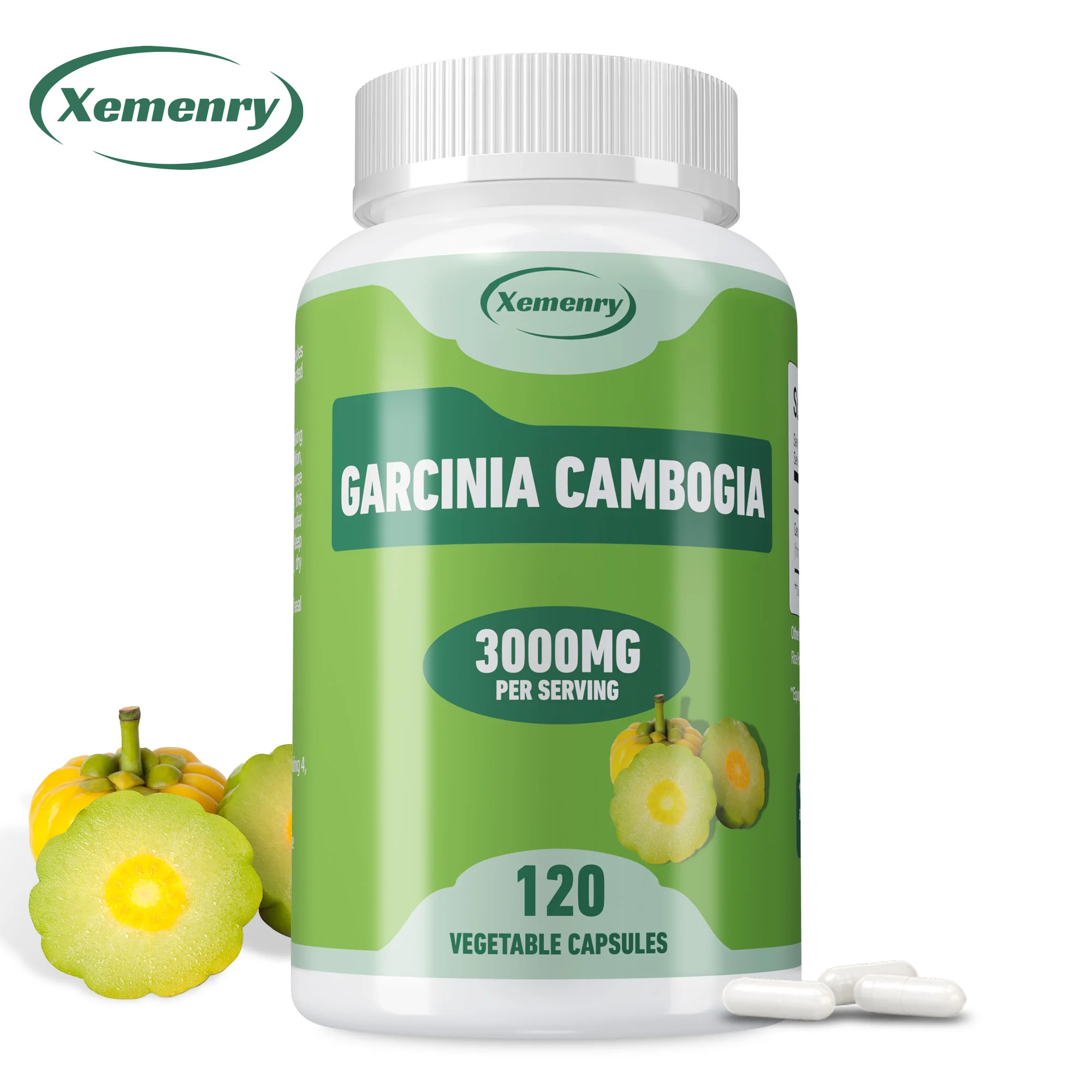Introduction
Joint pain is a common ailment affecting millions of people worldwide. Whether caused by arthritis, injury, or overuse, this discomfort can significantly impact quality of life. While conventional medicine offers effective treatments, many are exploring herbalism as a complementary or alternative approach. This ancient practice, rooted in the use of plants for healing, provides a natural and holistic method to alleviate joint pain.
Herbalism not only offers potential relief from joint pain but also addresses the underlying causes of inflammation and tissue degeneration. By understanding the historical, scientific, and practical aspects of herbal remedies, you can discover a wealth of options tailored to your needs. This guide delves into the history, science, and practical applications of herbal remedies for joint pain, providing an in-depth resource for those seeking natural solutions.
The History of Herbalism
Herbalism has been practiced for thousands of years across cultures, each contributing unique approaches to the art of healing. Ancient societies relied on plants not only for treating physical ailments but also for their spiritual and holistic benefits.
- Ayurveda: Originating in India over 5,000 years ago, Ayurveda emphasizes the balance of mind, body, and spirit. Texts like the Charaka Samhita describe herbs such as ashwagandha and turmeric for their anti-inflammatory and analgesic properties. Ayurvedic formulations often combine multiple herbs to address the root causes of pain and inflammation.
- Traditional Chinese Medicine (TCM): Dating back more than 2,000 years, TCM utilizes a system of balancing yin and yang energies in the body. Herbs like Eucommia bark, frankincense, and myrrh are combined with acupuncture and massage to support joint health. These remedies aim to nourish the “Qi” (vital energy) and improve blood circulation.
- Native American Practices: Indigenous peoples in the Americas developed a deep understanding of local flora, using plants such as willow bark and devil’s claw to alleviate pain. These remedies often incorporated rituals and ceremonies, underscoring the spiritual connection to nature.
Today, these traditional practices inform modern herbal medicine, offering a treasure trove of remedies that continue to be explored and validated.
Understanding Joint Pain
Before exploring herbal treatments, it is essential to understand the causes and mechanisms of joint pain. This understanding allows for targeted approaches to relief and healing.
- Arthritis: Osteoarthritis results from wear-and-tear damage to joint cartilage, while rheumatoid arthritis is an autoimmune condition causing chronic inflammation. Both types lead to pain, stiffness, and reduced mobility.
- Injuries: Joint pain due to sprains, strains, or fractures can be acute or evolve into chronic conditions if not properly managed. Repetitive stress injuries, common in athletes and manual laborers, also contribute to joint discomfort.
- Autoimmune Disorders: Conditions like lupus and psoriatic arthritis involve systemic inflammation, which can damage joints over time.
- Overuse or Wear-and-Tear: Aging, obesity, and repetitive movements can accelerate cartilage breakdown and inflammation.
Joint pain is often a result of inflammation, oxidative stress, and reduced blood flow. Herbal remedies aim to counteract these processes by reducing inflammation, promoting circulation, and supporting tissue repair.
The Science Behind Herbal Remedies
Herbs have been valued for their therapeutic properties, but modern science has begun to unravel the biochemical mechanisms behind their effects. Key bioactive compounds in herbs target the physiological processes that cause joint pain.
- Anti-inflammatory Effects: Many herbs inhibit inflammatory pathways. For example, curcumin in turmeric suppresses cytokines and enzymes responsible for inflammation.
- Pain Relief: Compounds like salicin in willow bark act as natural analgesics, modulating pain perception without the side effects of synthetic drugs.
- Antioxidant Properties: Oxidative stress damages joint tissues, and antioxidants in herbs neutralize free radicals, protecting cartilage and synovial fluid.
- Cartilage Protection and Repair: Some herbs, like Boswellia, prevent cartilage degradation and promote regeneration.
These findings validate traditional uses of herbs and highlight their potential as complementary treatments for joint pain.
Top Herbs for Joint Pain Relief
- Turmeric (Curcuma longa)
- Benefits: Contains curcumin, a potent anti-inflammatory compound that inhibits NF-κB, a protein complex linked to chronic inflammation.
- Usage: Taken as a tea, capsule, or added to food. Pairing with black pepper (piperine) enhances absorption by up to 2,000%.
- Research: Numerous studies confirm curcumin’s efficacy in reducing pain and stiffness in osteoarthritis and rheumatoid arthritis patients.
- Boswellia (Boswellia serrata)
- Benefits: Known as Indian frankincense, it blocks leukotrienes, molecules that trigger inflammation. It also prevents cartilage loss and improves joint function.
- Usage: Available as standardized extracts, capsules, or topical creams.
- Research: Clinical trials show significant reductions in pain and stiffness within weeks of use.
- Willow Bark (Salix spp.)
- Benefits: Contains salicin, a natural precursor to aspirin, offering effective pain relief.
- Usage: Brewed as a tea or taken in supplement form.
- Precautions: Individuals with aspirin sensitivity or bleeding disorders should avoid this herb.
- Ginger (Zingiber officinale)
- Benefits: Reduces inflammation by inhibiting COX enzymes and TNF-α.
- Usage: Consumed fresh, as a tea, or in supplement form. Incorporating ginger into meals is an easy way to enjoy its benefits.
- Research: Studies demonstrate significant improvement in pain and mobility in osteoarthritis patients.
- Devil’s Claw (Harpagophytum procumbens)
- Benefits: Harpagoside, its active compound, reduces inflammation and alleviates pain, particularly in the lower back and knees.
- Usage: Found in capsules, teas, or tinctures. Dosage should follow standard recommendations to avoid stomach irritation.
- Research: Clinical evidence supports its efficacy for osteoarthritis and lower back pain.
- Stinging Nettle (Urtica dioica)
- Benefits: Rich in vitamins, minerals, and anti-inflammatory compounds.
- Usage: Used as teas, extracts, or topically for joint swelling.
- Research: Demonstrates improvement in pain and stiffness when combined with other anti-inflammatory herbs.
- Cayenne Pepper (Capsicum annuum)
- Benefits: Capsaicin blocks pain signals by depleting substance P, a neuropeptide involved in pain perception.
- Usage: Applied topically as creams or oils. Over time, it desensitizes pain receptors.
- Precautions: Skin irritation is common; always test a small area first.
- Ashwagandha (Withania somnifera)
- Benefits: An adaptogen that modulates stress-related inflammation and boosts immune health.
- Usage: Consumed as a tea, capsule, or powder. Combining with milk or honey enhances its effects.
- Research: Clinical trials reveal reduced markers of inflammation and pain in arthritis models.
Herbal Blends and Formulations
Combining herbs can create synergistic effects, enhancing their benefits. Some effective formulations include:
- Golden Milk: A soothing drink made with turmeric, ginger, cinnamon, and milk (or plant-based alternatives). Black pepper boosts absorption.
- Arthritis Tea: A mix of willow bark, nettle, ginger, and peppermint for a balanced anti-inflammatory effect.
- Topical Salves: Homemade or commercial salves combining cayenne, boswellia, and menthol provide localized pain relief.
- Herbal Capsules: Pre-formulated blends tailored for arthritis or general joint health are widely available.
Experimenting with combinations allows for personalized solutions to joint pain.
Precautions and Considerations
While herbal remedies are natural, they require careful use to ensure safety and efficacy. Key considerations include:
- Allergies: Always test for allergic reactions before using a new herb.
- Drug Interactions: Herbs like turmeric and ginger can amplify the effects of blood thinners or interfere with medications.
- Standardization: Look for standardized extracts to ensure consistent potency.
- Consultation: Always consult a healthcare provider, especially if you have underlying conditions or take medications.
- Pregnancy and Breastfeeding: Some herbs are contraindicated during these periods.
By approaching herbal remedies responsibly, you can maximize their benefits while minimizing risks.






